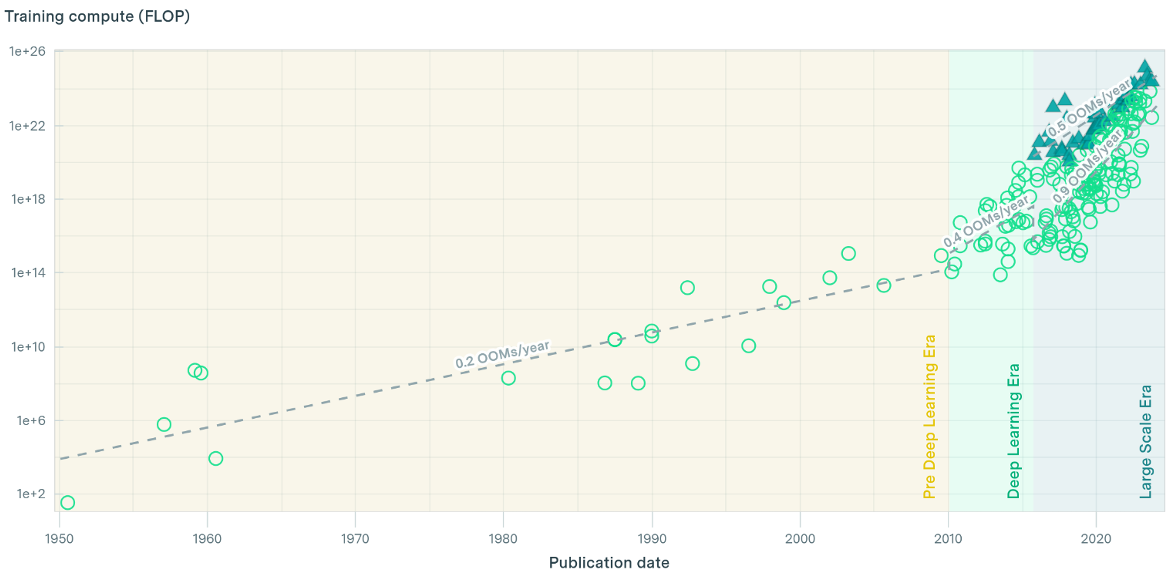🚨 LLM Deep Dive Series (7 of 7): Unmasking the Monster: A Deep Dive into Large Language Models 💼🤖
In the rapidly evolving landscape of artificial intelligence, Large Language Models (LLMs) have emerged as powerful tools that are reshaping how we interact with technology. Over the past few weeks, we’ve embarked on a comprehensive journey through the intricacies of LLMs, exploring their architecture, capabilities, and potential future developments. Let’s recap this enlightening series and peek into what lies ahead for these remarkable AI systems.
1. The Reality Behind Large Language Models: A Tamed Monster?
We began our series by introducing the concept of LLMs as a “tamed monster.” This analogy highlights the immense complexity and power of these models, which are based on vast neural networks and billions of parameters. We discussed how supervised fine-tuning acts as a mask, giving the “monster” a human-like interface, while Reinforcement Learning from Human Feedback (RLHF) further refines its behavior.
2. The Architecture of LLMs: From Transformers to Massive Parameters
Our journey continued with an exploration of the fundamental architecture behind LLMs - the Transformer model. We delved into key components such as self-attention mechanisms, input embeddings, and feed-forward networks. The power of LLMs lies in their ability to scale, with models like GPT-3 boasting an impressive 175 billion parameters.
3. Understanding Unsupervised Learning and Emergent Behaviors
The third installment focused on the backbone of LLMs: unsupervised learning. We discussed how these models learn patterns and structures from vast amounts of unlabeled data, leading to fascinating emergent behaviors. However, we also addressed important limitations, particularly in complex reasoning tasks.
4. Supervised Fine-Tuning: Putting the Mask on the Monster
Next, we explored how supervised fine-tuning transforms raw language models into task-specific powerhouses. This process allows us to adapt general-purpose models to specific domains, improve performance on targeted tasks, and even customize the model’s “personality” or output style.
5. RLHF: Guiding the Beast with Human Feedback
Our fifth post delved into Reinforcement Learning from Human Feedback (RLHF), the process that aligns LLMs more closely with human values and preferences. We discussed how RLHF works, its power in improving AI outputs, and the challenges it presents, including scalability and potential biases.
6. Practical Use Cases: How to Make LLMs Work for You
In this practical-focused installment, we explored real-world applications of LLMs in various domains, including content creation, customer service, knowledge management, and code generation. We also provided best practices for implementing LLMs in business contexts and emphasized the importance of custom evaluation for specific use cases.
7. The Future of LLMs: Beyond the Mask—What’s Next?
In our final post, we peered into the crystal ball to envision the future of LLMs. We discussed emerging trends such as multimodal models, enhanced reasoning capabilities, and the evolution of open-source models like Llama 3. We also explored the decomposition of AI progress into three key areas:
- Compute Progress: Increases in the quantity of compute expended on models.
- Algorithmic Progress: Enhancements in the efficiency of training algorithms.
- “Unhobbling” Progress: Unlocking the latent abilities of trained models.
As we enter the Large Scale era of AI development, we anticipate significant Order of Magnitude (OOM) improvements across these areas, potentially leading to even more powerful LLMs in the coming years.
Challenges and Ethical Considerations
Throughout our series, we’ve emphasized the importance of addressing the challenges and ethical considerations that come with the development and deployment of LLMs. These include:
- The need for complex reasoning capabilities, potentially requiring integration with world models
- Mitigating biases and ensuring fairness in AI outputs
- Addressing privacy concerns and data protection
- Managing the increasing dependency on AI systems
- Navigating evolving regulatory frameworks across different regions
Preparing for an AI-Driven Future
As we conclude our deep dive into LLMs, it’s clear that these powerful tools are set to play an increasingly important role in shaping our technological landscape. To prepare for this AI-driven future, consider the following steps:
- Stay informed about the latest developments in AI and LLMs
- Develop robust ethical guidelines for AI use in your organization
- Design adaptable infrastructure that can integrate new AI capabilities
- Invest in AI literacy and skills for your workforce
- Foster collaborations between AI researchers, ethicists, and industry leaders
- Stay ahead of evolving AI regulations and ensure compliance
The future of LLMs is bright and full of potential. As we move forward, it’s crucial to harness these technologies responsibly, ensuring they benefit humanity while mitigating potential risks. By understanding the inner workings of LLMs and staying attuned to their rapid evolution, we can better navigate the exciting possibilities that lie ahead in the world of artificial intelligence.
Thank you for joining us on this comprehensive journey through the world of Large Language Models. We hope this series has provided valuable insights into these powerful tools and their potential impact on technology and society.
For more information on leveraging AI for business growth, check out my book: “Grow Your Business with AI”.
